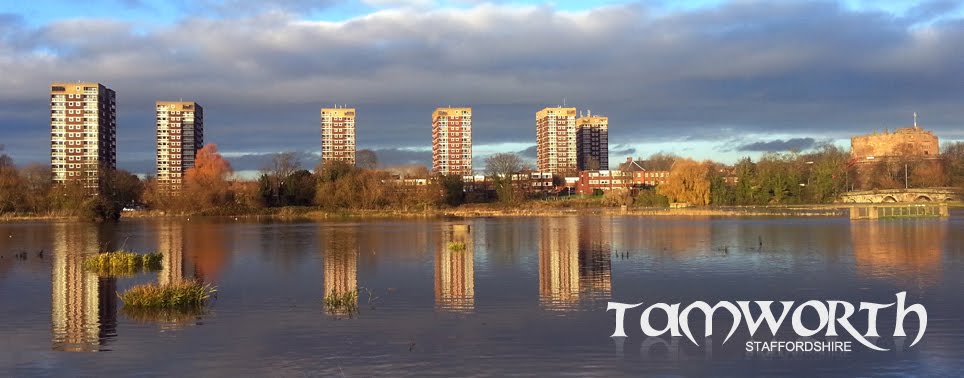The Parish of Tamworth has at its centre the splendid building that is St Editha's. This building has served the community, and been the focal point of Christian worship for over 1,200 years and is today the centre of focus for the town's weekly Christian celebrations and for its many civic services which include Mayor-Making, St George's Day, Remembrance and other popular services.
Our sacred space is a treasure house of history, art and architecture. Within its walls are many reminders of a building that has stood the test of time and served the community and provided a place of comfort, welcome and acceptance.
The greatest treasure this building possesses is the spiritual body, the Church, that meets within its walls - Ordinary people with a love of God and a desire to share the good news of Jesus, the Christ, and welcome you into the presence of a love that will never reject or turn you away.
Services range from Book of Common Prayer (1662) through to cutting edge, modern, worship, Taize and reflective prayer services. The building boasts a Grade I listed organ and has a robed choir who contribute as part of the worshipping life of the church.
We are a Bible-based church with a desire to minister and share with people of all ages and welcome differing viewpoints - seeking to find ways of building relationships and bringing unity to this diverse and often troubled world.
If you find yourself in town and would like to come in, the building is open every weekday from 10am to 3pm, and Saturday mornings, where you will find tea, coffee and a well-stocked bookshop (selling Fair traded products) to accompany the welcome.
History
Tamworth's parish church dates back to Saxon times 1,200 years ago when Tamworth was the capital of the kingdom of Mercia.
Tamworth was ransacked by the Danes in 874 and the church was left, 'A heap of blackened ruins'.
However, a new church was soon built, for in 925 Sigtrygg of Northumbria attempted to marry Editha, King Athelstan's sister, there. She was to become the patron saint of the church.
That said, in 943, another raid by the Danes left it destroyed. It was rebuilt by King Edgar in 963 although little remains there is, in its place, a great Norman church.
The original church was about the same length of the present as Norman stonework can be seen at East and Western ends. it was cross-shaped (cruciform) with a central tower supported by four great Norman arches, two of which still remain. It was believed to have been built under the guidance of Robert de Marmion, the King's champion and lord of Tamworth Castle but was again destroyed by fire on the 23rd May 1345 and was re-built by Baldwin de Witney.
The new building had a steeply pitched roof, later to be replaced by the celerestory windows that can be seen today.
The massive west tower boasts, in its North-West corner, a rare example of a double-helix staircase in which two flights of stairs wind one above the other around the central post.
The church is spacious and with its architectural, historical and art treasures it is regarded as one of the finest churches of its period in the country.
There are examples of William Morris' 'Arts and Craft' movement along with pre-Raphaelite and other splendid windows. It also contains the world's only effigy of a secular mediaeval Dean.
In additioon to all the other treasures the church contains a Grade I listed organ, an instrument of great merit and a wonderful sound too.
Concerts and recitals regularly take place within the building providing opportunity for music lovers to enjoy this fine instrument (The next beng Oct 17, 2014).


No comments:
Post a Comment